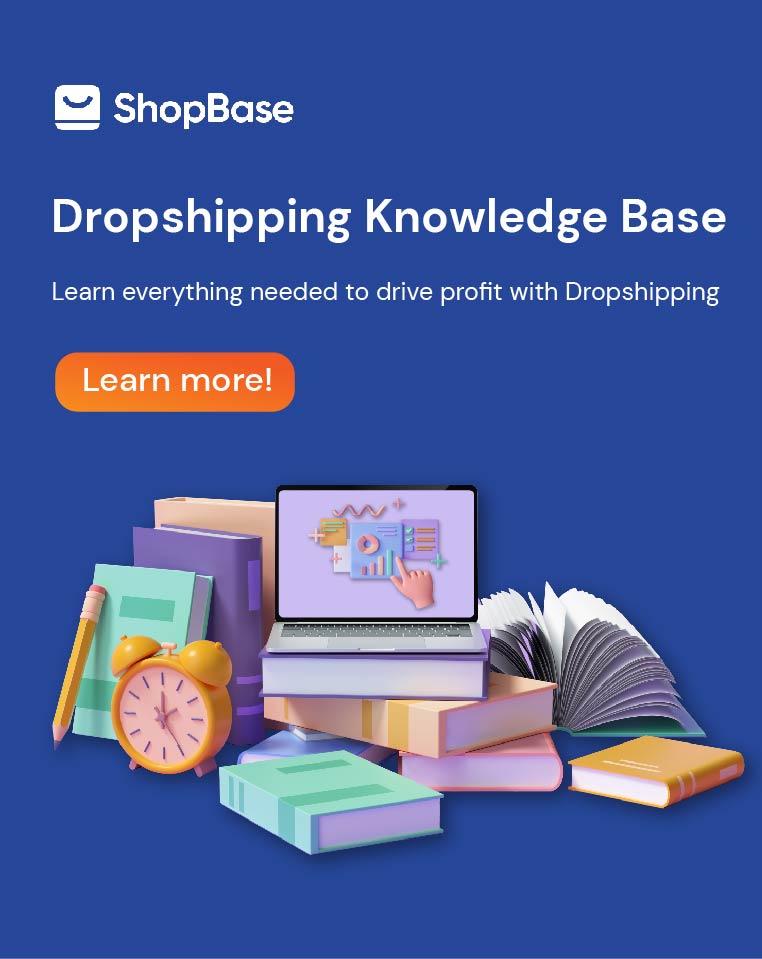Menu:
1. PURCHASE INTENTION DEFINITION
Being one of the most widely-used and long-standing terms in eCommerce, purchase intention could be defined as the preference of consumers in buying goods and/or service. Another definition of purchase intention is the likelihood of a consumer purchasing goods and/or service after evaluation.
2. SCALE OF PURCHASE INTENTION
There are several methods in order to gain insights of customers’ purchase intentions such as product testing, new product testing, copy testing, package testing, effectiveness of advertisement, brand positioning, innovation, etc. Additionally, customers’ purchase intent could be in the form of KPI or an input in modelling, or a dependent measure in modelling.
Here is an example of a purchase intention five-point-scale:
- Definitely will buy
- Probably will buy
- Might or might not buy
- Probably will not buy
- Definitely will not buy
With all taken into account, the golden question here is: Which factor plays the most important role in influencing customers’ purchase intention? Brand image, presumably, is the answer.
3. HOW BRAND IMAGE INFLUENCES CUSTOMERS’ PURCHASE INTENTION
- Price tag evaluation
To put it simply, how consumers perceive brand images could play an important role in how they perceive the price when considering whether to buy a product or service. For example, by creating a luxurious brand image, customers might perceive a high price for the products that business offers without having actually looked at the price tags.
- Potential risk
Potential risk could be referred to as the level of uncertainty perceived by consumers about the potential loss they could experience when purchasing goods and/or service. For instance, a consumer experiences relatively low risk when buying a carton box of milk, due to the low cost and limited scope of impact. However, for more expensive and bigger scope of impact goods, it is common for customers to perceive a high level of potential risk. Therefore, by developing a good brand image, businesses could ease up the risk a customer might experience when purchasing from their store.





